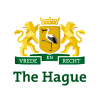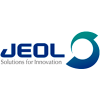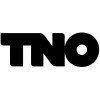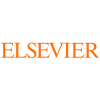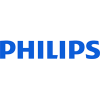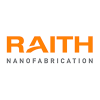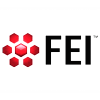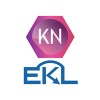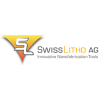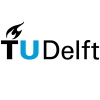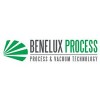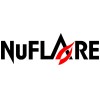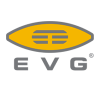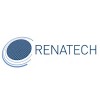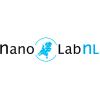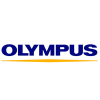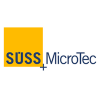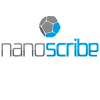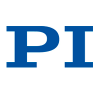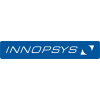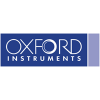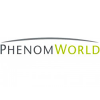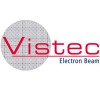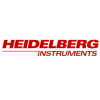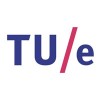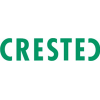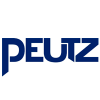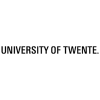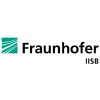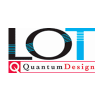Title workshop: EVG Photonics Workshop Monday 21 September 2015
– Short abstract / goal of the meeting:
Photonic applications are emerging rapidly, with photonic devices enabling new functionalities, smaller form factors, improved performance and reduced costs for broadband communications, sensing, bio-medical measurement devices and other applications. Several platforms are available, including silicon photonics, planar lightwave circuits, and hybrid approaches. These technologies have received significant attention in recent years, especially silicon photonics, owing to the potential for energy-efficient and affordable short-reach optical interconnects.
This workshop will bring together leading experts from device manufacturing and system suppliers to discuss flexible cooperation models, available platforms and applications, including nanoimprint lithography as an efficient manufacturing solution for photonic devices. The aim of this workshop is to foster the development of customer and industry partnerships, and conjointly overcome the challenges and shorten the time to market for innovative photonic devices and applications. To learn more about the rapid advances of integrated photonics directly from the foremost researchers and designers involved in this field, register for this event at www.EVGroup.com/EVGPhotonicsWorkshop
– Contact person and e-mail address for information: Christine Kaindlsdorfer / EVGPhotonicsWorkshop@EVGroup.com
MNE Special session: Chemistry for Electron-Induced Nanofabrication (CELINA) Tuesday 17:00 – 19:00
This session is free for all MNE attendees
The aim of the European network COST Action CELINA is to develop a maskless lithography nanotechnology platform based on direct-write / direct-erase with volatile functional molecules being dissociated locally by focused electron beams with the outstanding performance in achieving sub-10-nm lateral resolution, 3D additive and subtractive feature geometries, and high purity material.
The EU-funded CELINA COST Action, led by Prof. Petra Swiderek from the University of Bremen, networks about 60 expert scientists and their groups all over Europe with competence and excellence in i) electron-induced reactions with molecules, ii) synthesis of volatile inorganic and organo-metallic compounds, iii) various applications in nano-optics, nano-magnetics, nano-sensors, nano-electronics, as well as Europe’s leading SEM and SEM equipment manufacturers.
Amongst the ambitious objectives of CELINA are to-date non-resolved fundamental challenges:
– establish quantitative criteria on how the electron -driven molecule dissociation reactions depend on the chemical properties of the precursor molecules
– establish approaches towards the synthesis of superior precursors and synthesize new classes of precursors including novel bimetallic compounds
– enable unsurpassed resolution on a routine basis; sub-10 nm range
– substantially improve the “direct-write” materials portfolio: pure metals, alloys, oxides, and nitrides
Our special session about CELINA features two expert overview talks on direct-write nanofabrication and fundamentals and two dedicated talks on lateral resolution and nano-magnetics. The session is open to all interested scientists, who would like to know how FEBIP is becoming a reality.
MNE Special session: Single Nanometer Manufacturing –
Tuesday 22 September 17.00 – 19.00
This session is free for all MNE attendees
The aim of the project “Single Nanometer Manufacturing beyond CMOS devices” (SNM) is to both investigate and develop novel technologies for single nanometer manufacturing, capable of opening new horizons in the emerging world of nanotechnology. Sustainable competence and excellence in the project is secured by a collaboration between 16 institutions from industry, academia and research institutes, led by Prof. Ivo W. Rangelow, Technische Universität Ilmenau, to establish new paths for manufacturing ultimate nanoscale electronic, optical and mechanical devices. The SNM project is an EC-funded integrated project (IP), which is on track to achieve the following ambitious goals, which have not previously been attempted:
Pushing the limits of nanomanufacturing down the single digit nanometer-scale;
Developing nanolithographic methods for nanometer-size features, overlay placement, inspection and integration in novel nanoelectronic devices;
Enabling novel ultra-low power electronics, quantum devices and manipulation of individual electrons to be made;
Opening new horizons for beyond CMOS technology by novel cost-effective, global, nanolithographic technologies.
The project combines different scanning probe lithography (SPL) techniques (field-emission SPL, thermal SPL and oxidation SPL) and focused electron and ion beam lithography with nanopatterning techniques from Oxford Instruments and Imec to yield beyond CMOS device templates with sub-10nm resolution for nanoimprint lithography by EVG. To gain high-throughput cost effective fabrication, the SNM team develops Nanoimprint lithography to generate the actual beyond CMOS devices in wafer-scale. Additionally, the SNM project addresses the metrology issues, to achieve beyond CMOS devices with critical dimensions below 10nm.
Our special session about SNM is dedicated to experts in lithography techniques, pattern transfer as well as to metrology specialists and of course it is open to all interested scientists, who would like to know how the nanoscale manufacturing is becoming a reality.
Program
Introduction by coordinator of SNM project: Prof Ivo W. Rangelow
Chair: Ivo W. Rangelow (Technische Universität Ilmenau)
Work Package Group 1: Single-Nanometer Lithography
- Prof Philip Prewett (Oxford Scientific Consultants): “Charged particle single nanometer nanofabrication“
- Dr Felix Holzner (SwissLitho AG): “Thermal and Oxidation Scanning Probe Lithography”
Work Package Group 2: Nano-Pattern-Transfer
- Dr Mike Cooke (Oxford Instruments): “Single nanometer pattern transfer”
- Dr Marijn van Veghel (VSL): “3D-AFM/Metrology for sub 3nm”
Work Package Group 3: Beyond-CMOS devices
- Dr Zahid Durrani (Imperial College London): “Sub-10nm device development within the SNM Project”
More information about this session can be found here: MNE_2015_SNM-SpecialSession final
In the scientific programme a timeslot from 17.00 to 18.30 hr on Tuesday September 22, 2015, is available for special sessions. At maximum 4 parallel special sessions can be accommodated. A special session can, for instance, be an EU-project meeting, a user meeting, an EU-network meeting (COST Actions), etc. Requests for special meetings will have to be directed to the MNE2015 organization (info@mne2015.org ). Special sessions will be approved of on a first come/first served basis. The MNE2015 organization takes no responsibility for the organization of special sessions. This is the responsibility of the applicant of the session. Presenters and attendees of the special sessions are required to register for MNE2015. The sessions will be open to all MNE2015 attendees.






